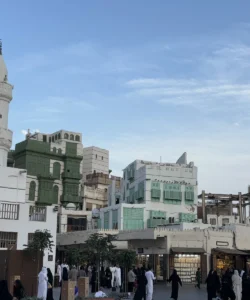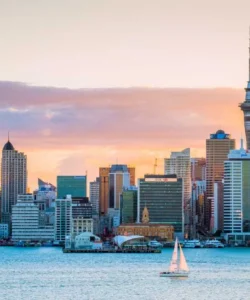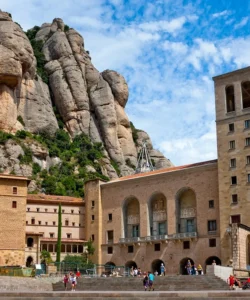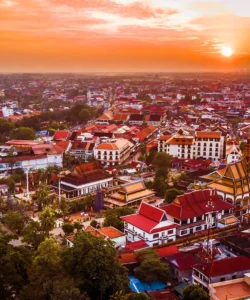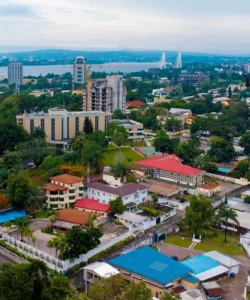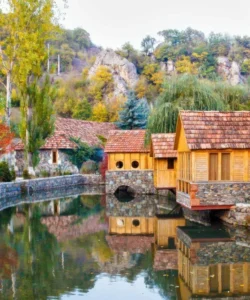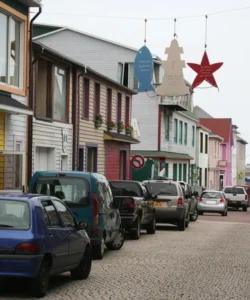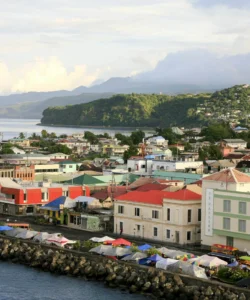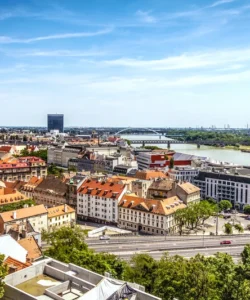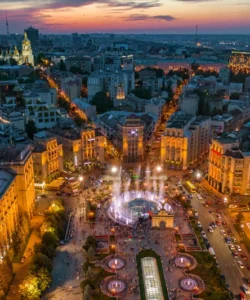Harajuku (原宿) is not a single landmark but a vibrant, world-famous district in Tokyo, centered around Harajuku Station. For decades, it has been the undisputed epicenter of Japanese youth culture, street fashion, and all things kawaii (cute). It is a dynamic and ever-changing neighborhood where trends are born on the streets. More than just a shopping area, Harajuku is a cultural phenomenon, a place where self-expression through fashion is celebrated, and where visitors can experience the creative, colorful, and sometimes outrageous pulse of modern Tokyo.
![]()
Name and Address
- Name: Harajuku.
- Address: The area is centered around Harajuku Station, Shibuya Ward, Tokyo, Japan. Its main arteries are Takeshita Street and Omotesando.
How to Get There
Harajuku is a major hub in central Tokyo and is extremely easy to access.
- By Train (Recommended):
- JR Yamanote Line: This is the most common route. Get off at Harajuku Station. The Takeshita Street exit places you directly at the entrance to the district’s most famous street.
- Tokyo Metro: Take the Chiyoda Line or Fukutoshin Line to Meiji-jingumae ‘Harajuku’ Station. This station has exits that lead directly to both the quieter Omotesando area and the intersection near Takeshita Street.
- Visitor Tip: Harajuku is best explored on foot. The main areas are pedestrian-friendly. Be prepared for significant crowds, especially on weekends when the area is at its most vibrant and full of people showcasing their unique fashion styles.
Landscape and Architecture
The landscape of Harajuku is a tale of two distinct streets, each with its own unique architecture and atmosphere.
- Takeshita Street (Takeshita-dori): The symbolic heart of Harajuku. This narrow, 400-meter-long pedestrian street is a chaotic and colorful canyon of youth culture. The architecture is a dense collage of small storefronts, often brightly decorated, housing trendy boutiques, fast-fashion outlets, themed cafes, and countless food stalls. The atmosphere is energetic, crowded, and loud—a complete sensory immersion into the world of Japanese pop and kawaii culture.
- Omotesando: Often referred to as Tokyo’s “Champs-Élysées,” this broad, tree-lined avenue offers a stark contrast to Takeshita Street. The architecture here is sophisticated and modern, featuring flagship stores for luxury international brands like Louis Vuitton and Gucci, housed in architecturally significant buildings (like Omotesando Hills, designed by Tadao Ando). The atmosphere is chic, upscale, and more relaxed.
- Ura-Harajuku (Cat Street): The “backstreets of Harajuku” connect Harajuku to Shibuya. This area is a maze of quieter lanes filled with independent boutiques, vintage clothing stores, and trendy streetwear brands. It has a cooler, more alternative vibe compared to the overt cuteness of Takeshita Street.
What Makes It Famous
Harajuku’s global fame is built on its revolutionary street fashion, its unique and photogenic food, and its role as a gathering place for youth.
- A Hub of Street Fashion: Harajuku is world-renowned for its diverse and boundary-pushing fashion subcultures. While the most extreme styles are less common now, the area is still the best place to see everything from Lolita and Gothic to Decora (characterized by an abundance of cute accessories) and various streetwear trends. It’s a place where individuality and creative self-expression are paramount.
- Kawaii Street Food: The district is famous for its highly photogenic and often over-the-top snacks. The most iconic are the Harajuku crepes—thin pancakes filled with whipped cream, fruit, and even entire slices of cheesecake, all wrapped in a convenient cone. Other popular treats include giant rainbow cotton candy from Totti Candy Factory and colorful, decorated ice creams.
- Takeshita Street: This single street is an attraction in itself. It is a pilgrimage site for teenagers from all over Japan and a must-see for tourists looking to experience the vibrant energy of Tokyo’s youth culture.
- Cultural Proximity: Harajuku is located directly next to two of Tokyo’s most important cultural and spiritual sites: Meiji Jingu Shrine, a peaceful oasis dedicated to Emperor Meiji and Empress Shoken, and Yoyogi Park, a large public space and popular gathering spot.
Differences from Other Wonders
Harajuku offers a completely different experience from Tokyo’s other major districts and landmarks.
- Youth-Centric Culture vs. Business/Luxury: While districts like Shinjuku are known for skyscrapers and business, and Ginza is the center of high-end luxury for adults, Harajuku is unapologetically for the young. Its energy, fashion, and food are all geared towards a teenage and young adult demographic.
- Street-Level Trends vs. High Fashion: The fashion culture of Harajuku is famously “bottom-up,” meaning trends are created by the people on the street, not by designers in studios. This is a stark contrast to the top-down, high-fashion world of Omotesando, which is just a few steps away.
- A Living, Breathing Scene vs. a Static Landmark: Unlike a historic site like Sensō-ji Temple, Harajuku is not a place frozen in time. It is a living, breathing cultural scene that is constantly evolving. The shops, styles, and even the popular foods can change from month to month, making every visit potentially different.
- Focus on Participation, Not Just Observation: Harajuku invites participation. Visitors don’t just observe the culture; they take part in it by trying the food, shopping for unique fashion items, and taking photos in purikura (sticker photo) booths. It’s an interactive cultural experience.

